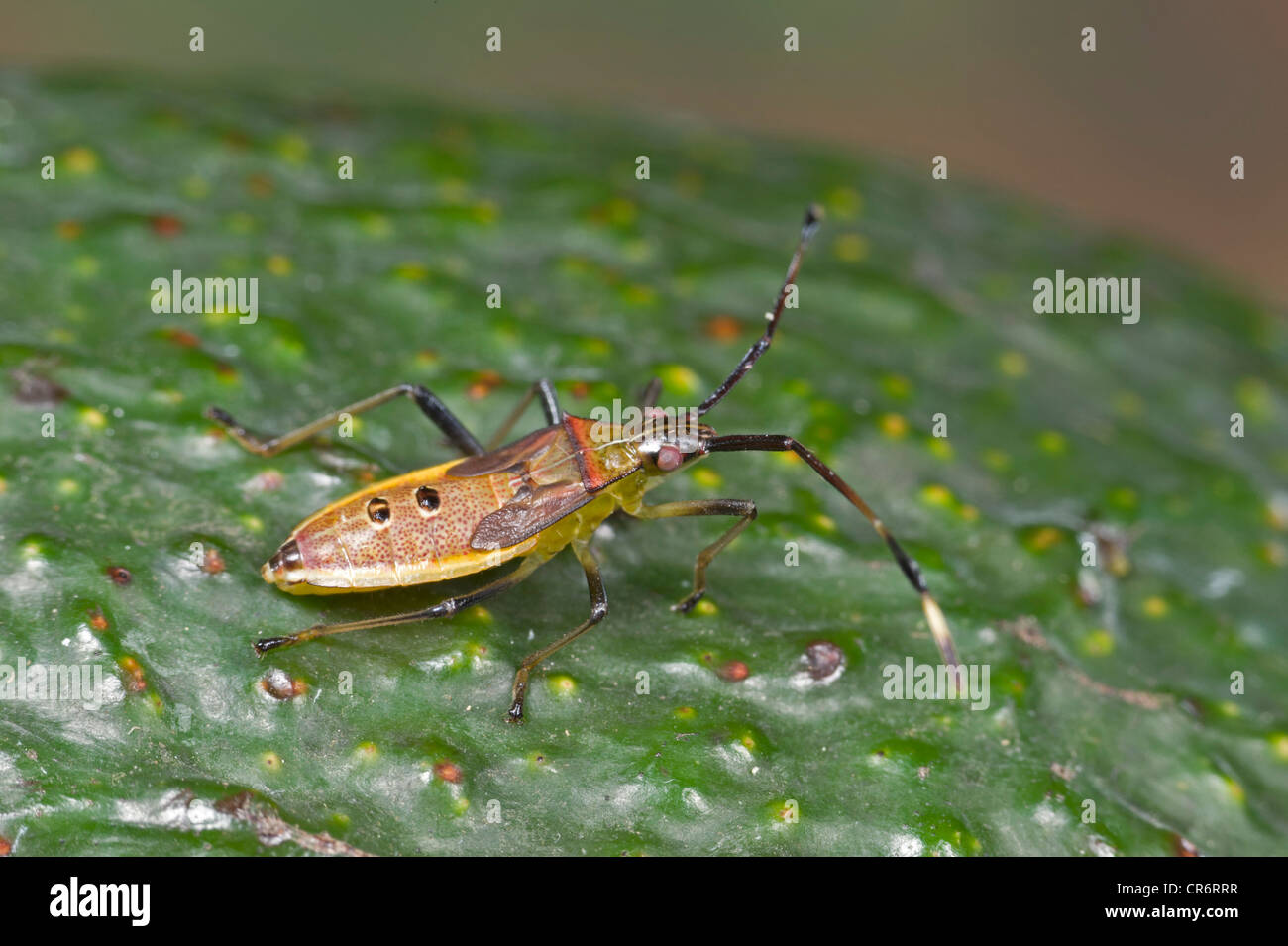
Fruit spotting bug nymph Stock Photo Alamy
Fruit spotting bug (FSB) has become the most significant macadamia pest since an efective biological control option was established for macadamia nut borer. The macadamia industry benchmark report (Project MC18002) has continually shown that late FSB damage is consistently the primary reason for nuts being rejected at factory stage. Risk period
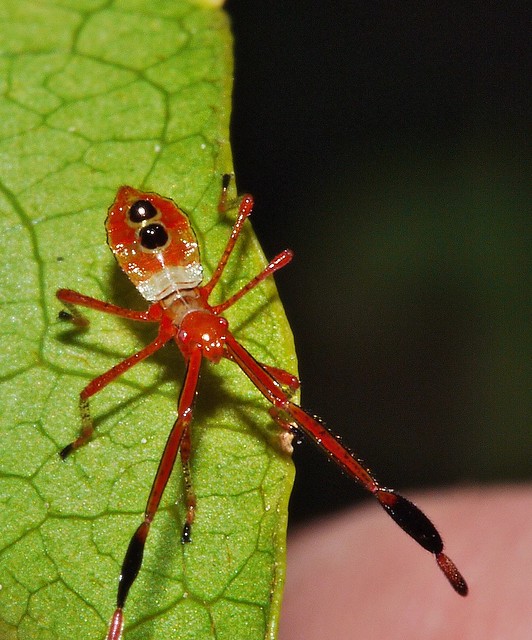
photo
Bulldock 25 EC is the preferred treatment to control fruit-spotting bugs in macadamias and avocados. Product Label and SDS Bulldock 25 EC Insecticide Product Label Bulldock 25 EC Insecticide SDS At a glance. Crop Suitability. Resources. At a glance. Product Type Insecticide Active Ingredient.
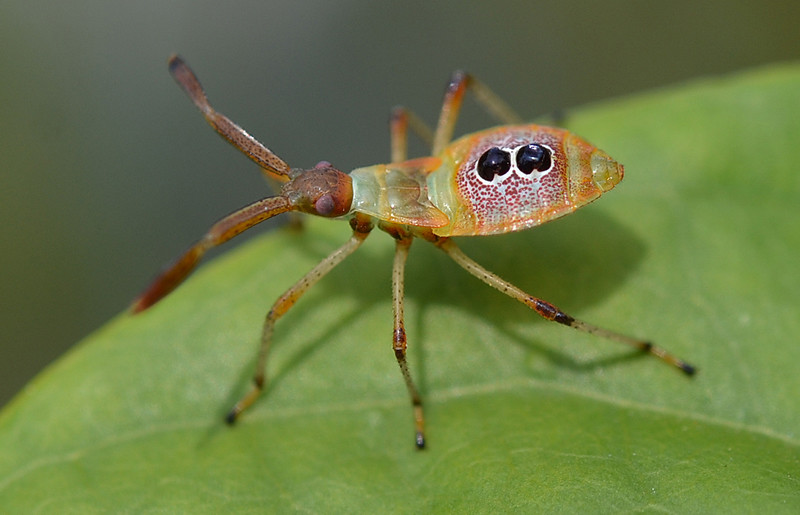
Fruitspotting Bug Amblypelta lutescens Coreidae 2nd Insta… Flickr
Figure 1 Fruit Spotting Bug Nymph Stage carambola, stone fruit, cashew, pecan, mangosteen, kiwi fruit, cucurbits, pistachio, persimmon, lemon aspen, rambutan, tamarillo, raspberry, blueberry and almond. FSB is the most significant pest of Macadamias. They feed on fruit, flowers and tender new shoots of fruit-bearing plants and trees.
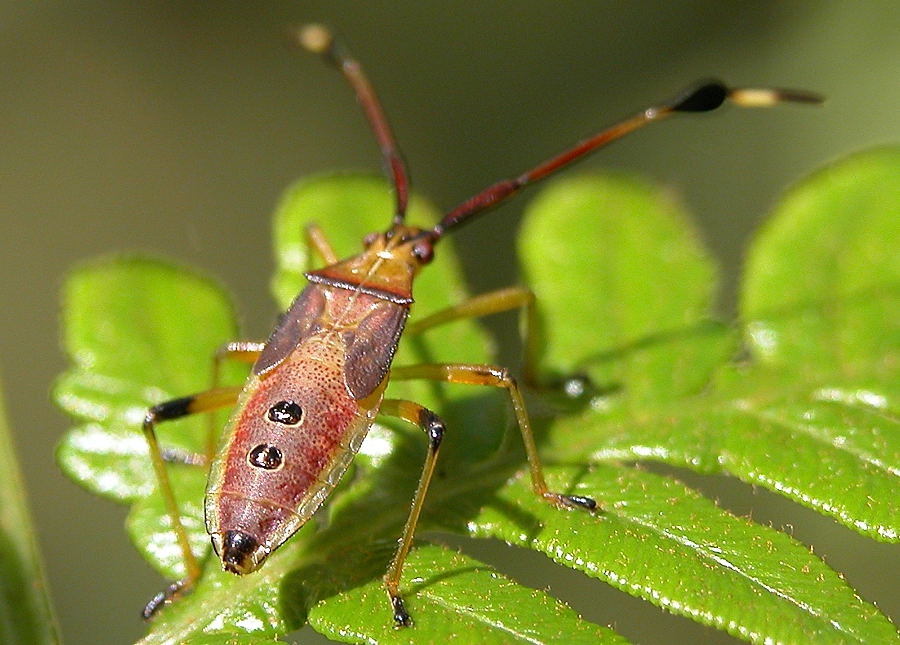
Fruitspotting Bugs Amblypelta lutescens or A. nitida
FRUITSPOTTING BUG IN AVOCADOS G.K. Walte Technical Summary Pheromones: Research continued in the quest to find the identity of the remaining unknown chemical components of the male-produced pheromone of the banana spotting bug Amblypelta lutescens.
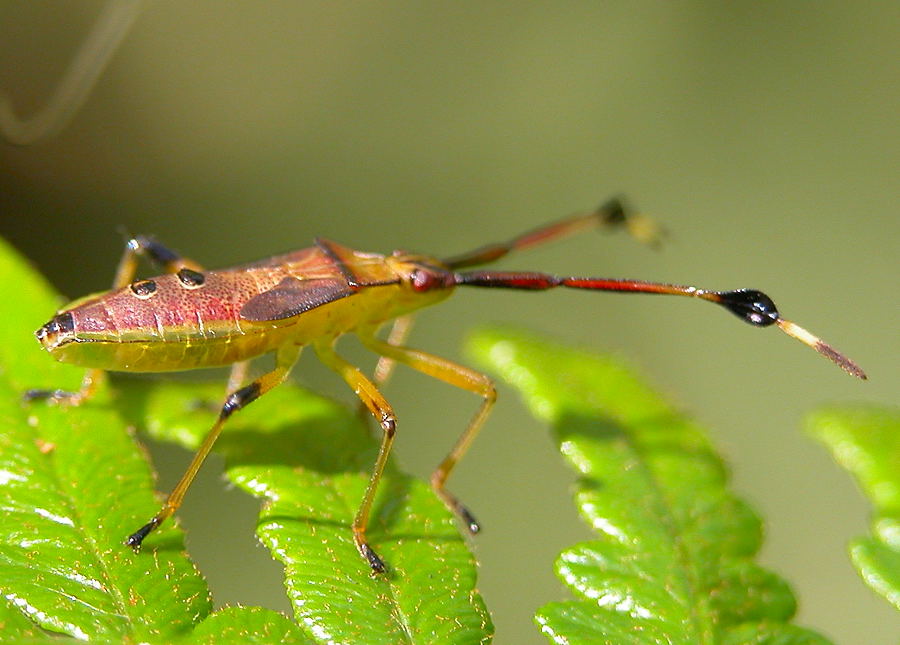
Fruitspotting Bugs Amblypelta lutescens or A. nitida
The trial assessed Trivor's efficacy against fruit spotting bug, as well as its impact on beneficial insects, compared with existing standards and developmental insecticides targeting the pests. The trial involved a three-spray program and Trivor provided excellent control that was comparable and, in some cases, significantly superior than alternatives.

Rainforest Fruitspotting Bug Amblypelta sp Coreidae Manda… Flickr
Trivor insecticide from Adama received a label extension in August 2019 for the control of a range of key pests in avocados, macadamias, mangoes and grapes and included several additions to its registered uses in citrus. This is the first season it has been used for the control of fruit/banana spotting bug, mealybugs and scale in avocados.

Fruit spotting bug, Physomerus grossipes
Banana spotting bug (Amblypelta lutescens) causes major damage to avocados, macadamias, paw paws, limes and many other exotic fruit in Qld. Unlike it's cousin Fruit spotting bug ( A.nitida ), BSB is mainly present north of Nambour to Atherton. Up till now growers have found it almost impossible to monitor for his very cryptic bug.
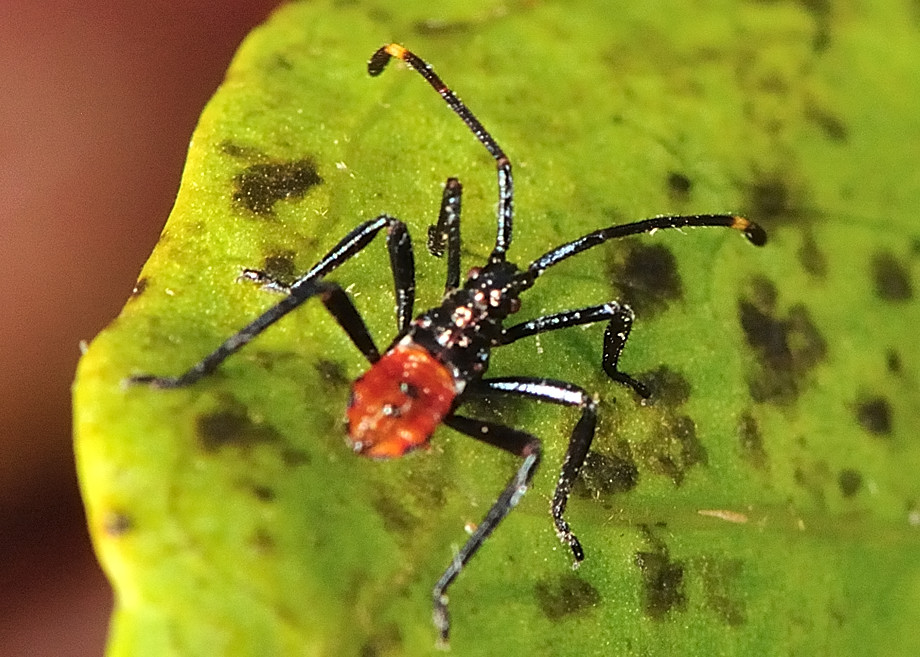
Fruitspotting Bugs Amblypelta lutescens or A. nitida
Fruitspotting bugs (FSB) Amblypelta nitida Stål and Amblypelta lutescens lutescens (Distant) (Hemiptera: Coreidae) is a major native pest in subtropical and tropical horticultural crops in Australia and a key pest in avocado. The pest is known to cause significant damage to more than 25 different tree fruit and nut crops and

Amblypelta lutescens Fruit Spotting Bug Andrew Allen Flickr
Fruit Spotting Bug. Sheryl: You've now finished the Fruit Piercing Moth project so you're now on Fruit Spotting Bug? Harry: We do have a new RIRDC project looking at the potential of pyrethrum in organic situations for control of fruit spotting bug, so we're looking at formulations/rates on various crops but using it very discretely.

Rainforest Fruitspotting Bug Amblypelta sp Coreidae Mandalay
September 5 2017 - 10:00pm. ATTRACTIVE TRAP: The Queensland Government's banana spotting bug lure trap has been released after more than 25 years of development. AFTER more than a quarter of a century of work, the banana spotting bug has a new reason to be afraid, with the Queensland Government releasing a pest lure and trap targeting the insect.
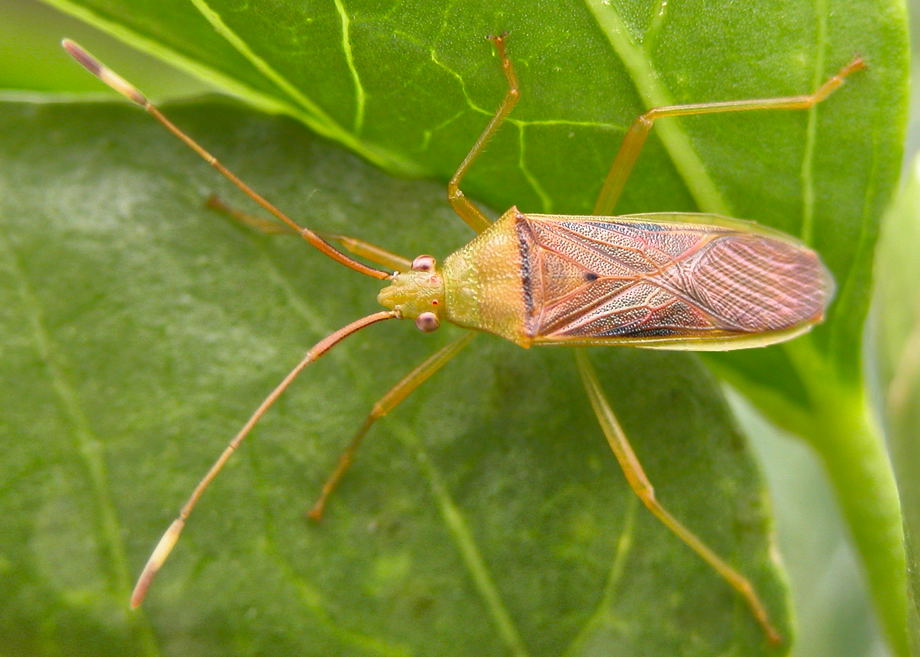
Fruitspotting Bugs Amblypelta lutescens or A. nitida
Fruit spotting bug (FSB) has become the most significant macadamia pest since an effective biological control option was established for macadamia nut borer. The macadamia industry benchmark report (Project MC18002) has continually shown that late FSB damage is consistently the primary reason for nuts being rejected at factory stage.

Fruit Spotting Bug Nymph 8434 Nymph of a Fruit Spotting Bu… Flickr
Fruit-spotting bug is a pest of avocados, guavas, macadamia nuts, pecan nuts, lychees, mangoes and many exotic tropical and subtropical tree crops. Damage Major, frequent pests in certain areas, especially where orchards are situated close to alternative native or ornamental hosts.

Fruitspotting Bug (adult) Brissy Girl Jan Anderson Flickr
Fruitspotting bugs (FSB) are native to Australia. They live in rainforest regions from 30° latitude and north. FSB feed on the fruit, flowers and very young shoots of fruiting plants. Many horticultural crops and garden plants attract FSB, and FSB readily move from their core native habitat. FSB are a major impediment to the commercial.
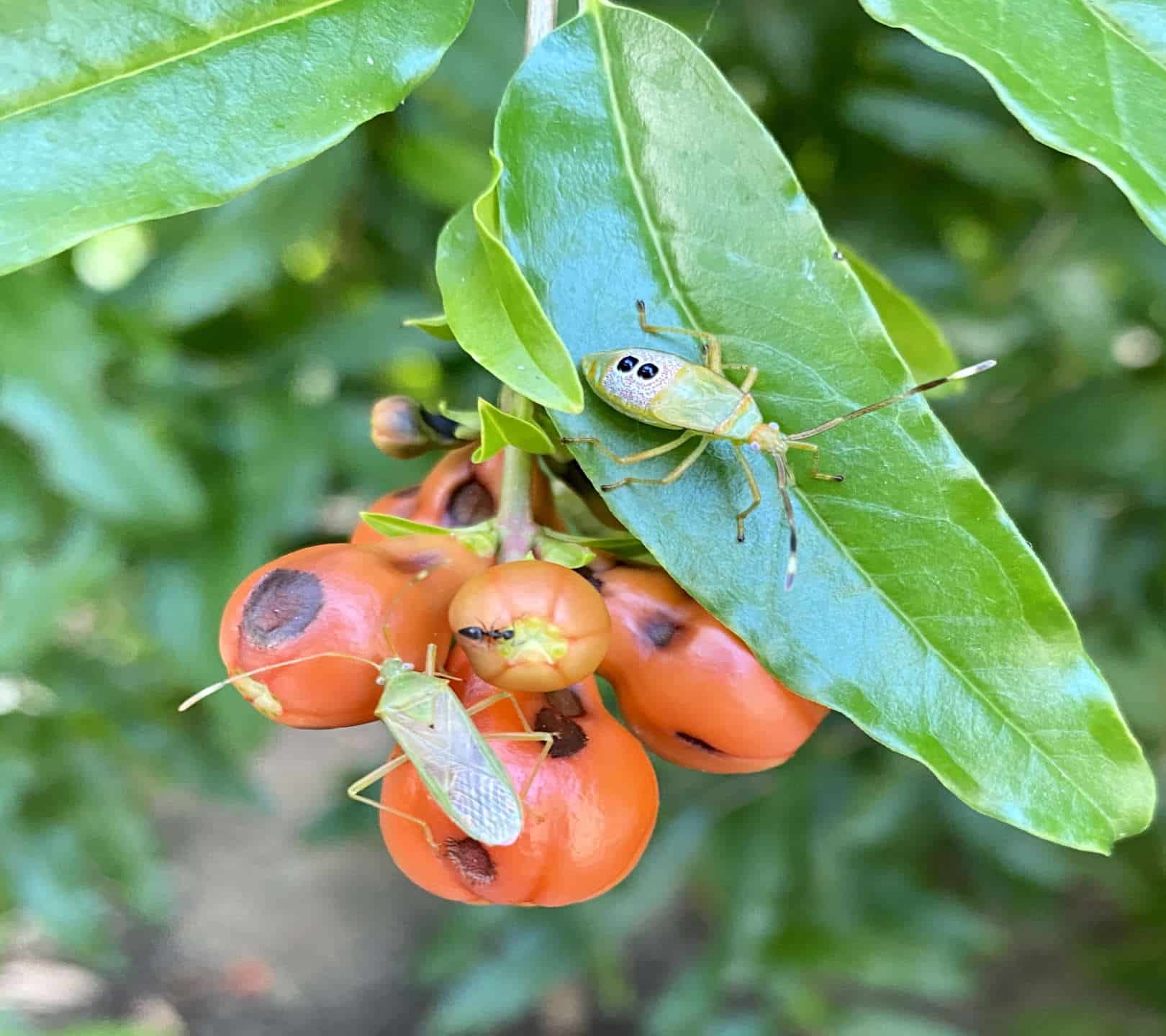
Fruit Spotting Bug Insects and Organic Gardening
0:00 / 8:54 Fruit Spotting Bug: Identification and impact on horticulture NSW DPI Agriculture 6.12K subscribers Subscribe Like Share 3.3K views 9 years ago The fruit spotting bug currently.

Fruit spotting bug, Physomerus grossipes
Fruitspotting bugs (FSB) are native to Australia. FSB are sap sucking insects that feed on the fruit, flowers and very young shoots of fruiting plants. Many horticultural crops and garden plants attract FSB, and FSB readily move from their core native habitat to commercial crops.
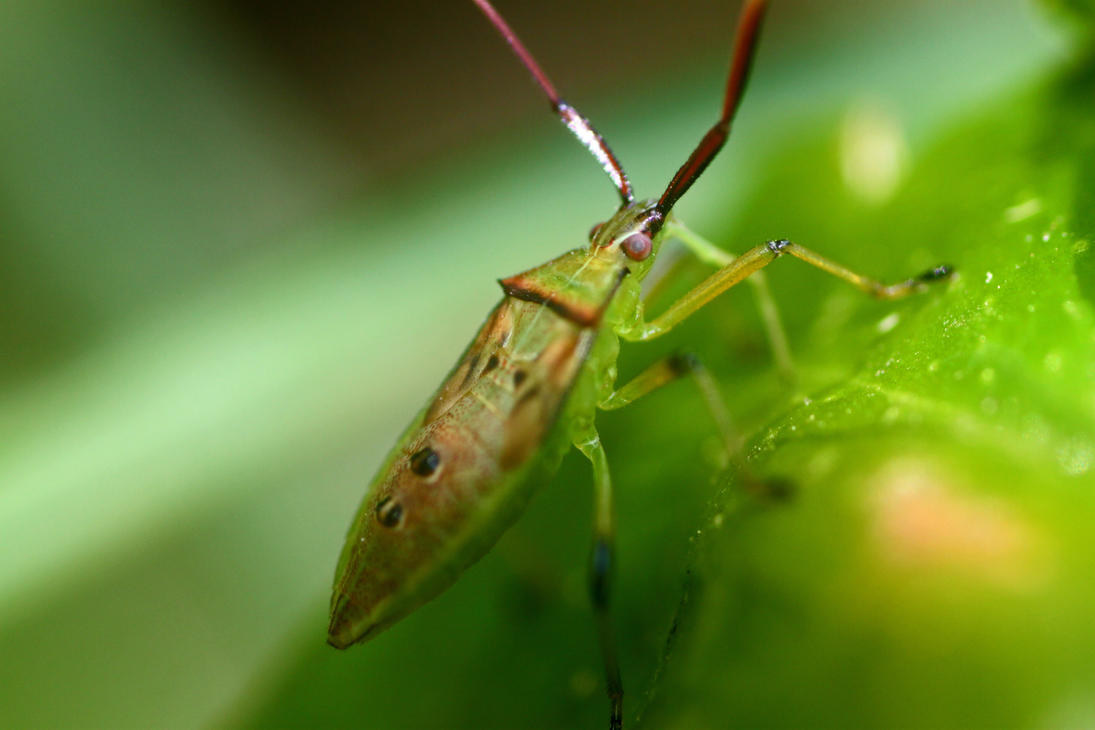
Fruit Spotting Bug Nymph IV by foquinha156 on DeviantArt
Description Adult bugs are green-brown in colour and move very fast. They have a fairly long life span which means they can reproduce over a longer period, doing a lot of damage even if there are not many of them. The nymphs are green and black in earlier instars, later becoming orange/brown or green.